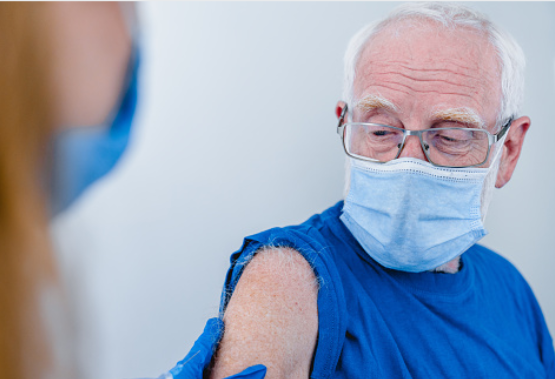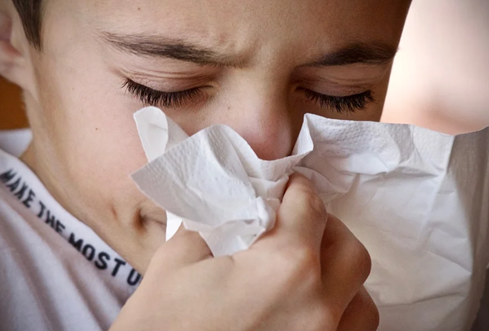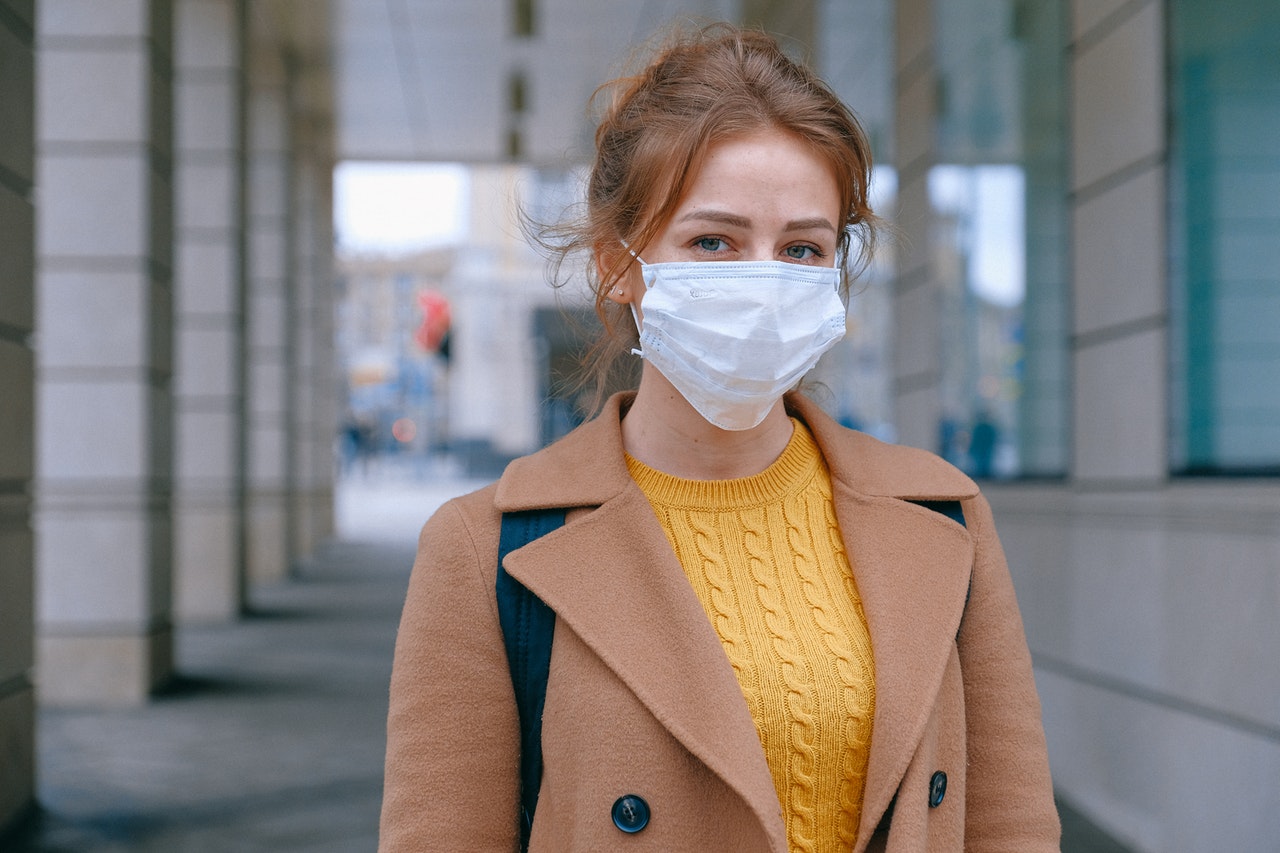The outbreak of the Coronavirus more commonly referred to as COVID-19 has been a topic we have been all hearing about for quite some time.
It presents itself in a form of respiratory issues which differ across various people and depends on a long list of risk factors.
The vast majority of people will experience mild symptoms, as is the case with having an ordinary flue and would get better in a matter of days on their own. On average,
On average, 83% of all the infected people do fall within this group, while the other 17% experience far more serious symptoms as heavily reduced breathing and high fever.
When do we experience the symptoms?
The time required for a person do develop and “feel” the symptoms vary significantly. There had been cases of people developing symptoms within the two days after being exposed to the virus, while there had also been people which developed it after a fourteen days period. The time is highly variable in this case.
On average, symptoms typically appear within four or five days after exposure.
It is important to note that from the moment a person had experienced the first symptoms, it was contagious 48 hours prior to that moment.
Risk Factors

What kind of symptoms you are going to have depends on many different risk factors. The risk factors which increase the chance of developing serious health symptoms include:
1. Age – as you get older you have the higher chance of experiencing more serious issues if infected by COVID-19. Of course, as we have seen so far there are exceptions to this “rule”, but again, it’s only the exceptions.
2. Cancer
3. Pregnancy
4. Type 2 diabetes
5. Down syndrome
6. Lung and existing breathing issues
7. Asthma
8. Obesity
COVID Symptoms

As stated above, there are different symptoms affecting different people, so we may actually divide them into two distinct groups: most common symptoms
(symptoms that the majority of people will develop, regardless of their prior conditions) and other symptoms (symptoms that are not so common, but are heavily influenced by the individual’s health status before being exposed to COVID).
Most common symptoms include:
1. Fever – researchers in China, having the largest database of the information reported that fever is the most common symptom, being experienced by almost 99% of all infected people. The temperature is usually more than 38.7° C
2. Fatigue – the second most common symptom, which is experienced in 70% of the cases. It is usually accompanied by a headache.
3. Loss of smell and taste – One of the simplest ways to spot COVID-19 is loss of smell or taste. it is easy to test simply by eating a bit of sugar or salt.
4. Dry Cough – Present in 59% of the tested cases. Usually it happens in “episodes”, coughing a lot for more than an hour, or having three or more coughing episodes in 24 hours.
How to tell the difference between COVID and a simple flu?
Looking at it, both diseases have very similar symptoms such as high fever and cough. So how do we differentiate between the two?
The key difference in understanding whether you have COVID or a regular flew consists of only two things which can be found here.
About the author
Toni is a full-time writer for wellbeinghacks.com, a site dedicated to providing high-quality health articles in a simple and understandable way so that people without medical knowledge might be able to understand it. His aim is to educate the readers in terms of health and advise them that the best health care is self-care.
